The Real Alta Vendita: When the Gates of Hell “Prevailed” in 1870
The scheme was a 19th century plot which almost succeeded then.

The trauma of 1870 is difficult for us to fathom, we who live in the year of the reign of Jesus Christ, 2025.
But in September, 1870, some were afraid that the gates of hell had prevailed.
The Holy War Against Liberal Antichrists
Imagine you are a Catholic grandmother in England. Your first communion had been illegal, because before 1791 the Mass was still illegal in England. Then in the 1840s your youngest grandson goes off to war. Not to a war of merely petty kingdoms, like the recent trauma with that tyrant Napoleon, but this war is a holy war.
It would be known to some Catholic historians as the Ninth Crusade.
Nearly five thousand young men from all around the world volunteered for this Crusade, called by Blessed Pius IX (who would later be found to be incorrupt) to fight against the forces of Antichrist, namely the armies of Italian Risorgimento.[1]
(When we say “forces of Antichrist,” we do not mean literally the end times figure “The Antichrist,” but rather “Antichrists” in the plural – the denial that Jesus is the Son of God, i.e. the King, as is said in I John ii. 18. All forces that deny the Kingship of Christ are doing the work of Antichrist by denying Jesus. They are not “The Antichrist” of the end times, but nevertheless do his work.)
These forces sought to conquer all the traditional Italian kingdoms and republics and create a new nation known as “Italy,” free from the reign of Jesus Christ – this is the modern Italy we know today.
This is in fact the real Alta Vendita scheme by the Carbonari and other Masonic groups who were trying to overthrow the Pope and all his anti-Liberal stances. Some take this document out of context and apply it to today’s problems. Today’s problems are related, but the Alta Vendita is different. From my book:
[By the time of the fall of Napoléon in 1815] the enemies of Christendom were forming their shadow army with networks across Europe and the world. New occult sects were arising in Italy, like the Carbonari.[2] Some sects would later claim they were focused on “winning” “a pope according to our own heart” who would facilitate a republican revolution and “the complete annihilation of Catholicism.”[3] These were condemned by the popes along with Freemasonry.[4]
These were all men who worshipped the idol Libertas and believed they could murder people in the name of their idol, which was a heresy (or at least an error) which attempted to dethrone Jesus Christ from His Kingship over society.[5]
But how did this become a trauma for the Church in 1870?
Well before this, as we said, Italy was divided into various kingdoms and republics.
Like all Masonic and Liberal revolutions, a determined elite foisted their mind control propaganda of “liberty” on the masses and deceived many, including some Catholics. But the Ninth Crusaders responded to the plea of Blessed Pius IX and came across thousands of miles and oceans to help fight to defend the Pope from this invasion against local liberties and the liberties of the Church.
The primary target of their attack was the temporal power of the Pope: the Papal States.[6]
The Pope is also a Temporal Monarch
You may ask: why was it so important that the Pope have his own temporal territory? The Papal States (shown in purple above) had been given to the Pope way back in 756 at a time when the Roman Emperor in New Rome, Constantinople, had increasingly used his army to try to force the Pope into heresy. As a result the Pope sought temporal protection by means of the Franks, who later became the lay noblemen who guarded the Pope.
Giving the Pope his own territory was critical for the Pope’s independence from undue influence from heretical New Rome and kept the church of Rome safe (in theory) from invasion, even from the Franks themselves. Since the Pope had his own territory, he could be (again, in theory) independent of temporal politics.
He was not subject to any temporal prince but himself.
The Pope grew to have his own army to protect the city of Rome and his surrounding territory so that (once again, in theory), the bishop of Rome could govern the church of Rome in peace (and by extension the whole Church).[7] (The whole shift north to the Franks and the Papal states was initiated largely by St. Gregory the Great, who was originally a diplomat to New Rome but chose to shift the political allegiance of the Papacy north instead of east to the Roman Emperors who no longer spoke the Roman tongue, but only Greek).
Long story very short, the Papal States were possessed by the Pope as a territory for more than a thousand years by the time the Masonic revolutions were ripping through Europe in the early 1800s.
The Alta Vendita Almost Succeeded in 1846
When we read the document in its historical context, we see that it was a plot to get a Pope like Pius IX as he originally was on his election – merciful to the Liberals. The Alta Vendita showed that they planned to use this mercy as a “popular weapon.”[8] They had a glimpse of a “Liberal Pope” in Pius IX in the first two years of his pontificate, and they used this Liberal Pope to seize Rome.
A mob surrounded the papal minister of justice, Pellegrino Rossi, and slit his throat.[9]
The Pope fled.
Had he, by his naïve mercy to the Liberals as the “Liberal Pope,” in fact given them what they always wanted? But these heretics had been unmasked. He turned his heart against their evil.
Indeed, the Liberal revolutionaries behind the Alta Vendita claimed that the Papal States were completely illegitimate, because the whole heresy of Liberalism is the claim that the temporal order cannot be governed by Jesus as King.
Liberalism is the denial of Jesus as King.
Liberalism means to be “free.” Free from Christ as King.
Liberalism is the cry of the mob: “We have no king but Caesar [or insert your secular government here].”
So any place in the world which was governed in the Name of Jesus as King – especially the Papal States – was a threat to them. Therefore the Liberal heretics claimed to “liberate” men from the Kingship of Jesus.
In reality, they were delivering men into the Kingdom of Satan, by rejecting the Kingship of Christ.
But after the revolutionaries seized Rome, Pius IX reversed his original stance and became a fierce opponent of the Liberal heretics, and took back Rome.
In a reversal of fortunes for the Church, the French Empire sent troops to help the Pope at this time, which caused the revolutionaries’ designs for Rome and the Papal States to be stymied.
Shortly after this in 1859, it is said, the plot of the Alta Vendita was put into writing (Lefebvre says the document itself was discovered by Gregory XVI in They Have Uncrowned Him, 136). They were trying to get a Pope who could be that “Liberal Pope” as Pius IX had been, but for the entire duration of his Papacy. If they got that, then they could have their way and dethrone Christ.
The Ninth Crusade Responds
So when the Holy Father called for volunteers, several thousand came from all around the globe. There were even a dozen Americans, at a time when the United States was quickly descending into its own massive civil war. Below is a list of countries which sent volunteers to help the Pope:[10]
Dutch
French
Belgian
Romans & Papal State subjects
Canadians
Irish
Americans
Germans (Prussians)
English
Spaniards
Germans (beyond Prussia)
Swiss
Neapolitans
Modenese
Poles
Scots
Austrians
Portugese
Tuscans
Maltese
Russians
South Sea Islands
Indians
Africans
Mexicans
Peruvians
Circassians
These volunteer Catholic crusaders helped the French and Papal troops defend the Pope against the Antichrist revolutionaries who conquered the States of Italy one by one.
But Blessed Pius IX fought them with all his might. As his troops defended the Papal States against invasion, the Pope acted as a father to all Christians. In 1854, the Pope proclaimed the dogma of the Immaculate Conception. This dogma, the Pope said, will “confute those who deny that human nature was corrupted by the first sin and who amplify the powers of human reason in order to deny or diminish the benefits of revelation.”[11] It was confirmed by heaven four years later at Lourdes.
But two years later, the eastern two-thirds of the Papal States fell to the revolutionaries. In 1861, the Kingdom of Italy was proclaimed as unified – an obvious rebuke to the Pope and his claim to rule by the authority of the King of Kings. The Pope still held a small chunk of land, including the Eternal City of Rome.
In 1864, in the midst of this literal war with Liberal Antichrists, the Pope issued the Syllabus of Errors, utterly condemning Liberalism and all its lies against the Kingship of Christ. He then began preparations for an even more bold move: calling an ecumenical Council against these lies.
But as the ecumenical council was in preparation for some years, the Carbonari and all their armies continued to murder in the name of their idol, Libertas. But they did not attack Rome, but waited.
For several years.
Finally, the First Vatican Council opened on the Immaculate Conception in 1869. The sessions continued into the Spring, when Dei Filius was promulgated and the Bl. Pius blessed his troops for the last time:

But just a few months later, just as Pastor Aeternus was proclaimed on July 18, the Franco-Prussian war broke out, causing the French troops in Rome to be recalled to defend France. As a result the Ninth Crusaders were left with the Papal troops to defend the Pope.
So the forces of Antichrist made their move.
Various efforts at a “peaceful” conquering of Rome by the Liberal heretics were offered, but the Pope refused every compromise with those who denied Jesus His Kingship and sought to seize the Pope’s land. No doubt the Pope remembered when the Liberals feigned peace in 1846 and then murdered one of his men.
If the Alta Vendita could not get their Liberal Pope who would be merciful to the Liberals, then they would destroy him and his reign.
And so, the attack on Rome commenced on the 18th of September, 1870, exactly two months after Vatican I had finished Pastor Aeternus, and was set to move on to all its other documents (it was planned to be a very large council, as Vatican II ended up being). The Ninth Crusaders, with the other troops left defending the Pope, numbered only 13,157 defenders against some 50,000.[12] The revolutionaries attacked the walls of Rome and the battle began. But in God’s Providence, the forces of the Church were humbled under the City of Man, and walls of Rome were breached.
Thus came the sack of Rome.
The Wrath of God?
The Eternal City has only been conquered a few times in history, and every time it was a message from the Almighty. In 1527, when Rome was sacked, it brought about the repentance of the worldly Renaissance clergy and Pope and it led to the Council of Trent. It was “the fierce anger of Heaven,” wrote Bishop Sadoleto, “let us seek in God the true glory of sacerdotal dignity.”[13]
The sack of Rome in 1870 recalls the forboding words of Cardinal Newman after the machinations of the Ultramontanist party at Vatican I:
I have various things to say about the Definition [of Papal Infallibility]… To me the serious thing is this, that, whereas it has not been usual to pass definition except in case of urgent and definite necessity, this definition, while it gives the Pope power, creates for him, in the very act of doing so, a precedent and a suggestion to use his power without necessity, when ever he will, when not called on to do so. I am telling people who write to me to have confidence—but I don’t know what I shall say to them, if the Pope did so act. And I am afraid moreover, that the tyrant majority is still aiming at enlarging the province of Infallibility. I can only say if all this takes place, we shall in matter of fact be under a new dispensation. But we must hope, for one is obliged to hope it, that the Pope will be driven from Rome, and will not continue the Council, or that there will be another Pope. It is sad he should force us to such wishes (my emphasis).[14]
For Newman and other moderates, the definition of Pastor Aenernus was true, but ill-advised and imprudent. I have treated the “False Spirit of Vatican One” elsewhere, and I’m afraid I must agree with Newman’s assessment here.
It is clear to anyone with eyes to see that the sack of Rome in 1870 was the wrath of God. When we look at history through the eyes of Holy Scripture, such things are always the wrath of God. In fact, this was just the beginning of His wrath, which was far worse when the Great War broke out, then a great plague, then the Second World War, then the current ecclesiastical crisis.
But we do not know what the sack of Rome meant in 1870 – I have not sifted through many sources yet, but in the second edition of my book City of God vs. City of Man, we will investigate this and all the rest in light of Fatima and other messages from Heaven (like La Salette, which warned of the wrath of God back in 1846!).
The question is this: for what sins did God punish Rome by permitting this sack?
The Gates of Hell Prevail?
What we do know is that at this time, many thought that the Gates of Hell had prevailed. And why not? It was not like 1527, when Rome was shortly retrieved. No, in this case the Pope became a “prisoner of the Vatican” – captured and humbled by the forces of Antichrist, much like Pius VI had been by Napoléon I.
In my book When the Gates of Hell Prevail we discuss how the Church herself was born from such an occurrence: the death of Christ itself is literally when the gates of hades – i.e. death itself – had been permitted to conquer Christ.
And yet, at all times God brings good out of evil.
But what did the holy Pope do when it seemed that the gates of hell had indeed prevailed, that after more than one thousand years the Papal States had been conquered as a whole?
The Pope had already glorified the mother of the Church. Now, he turned to the earthly Father of Christ.
On the Immaculate Conception, 1870, Blessed Pius IX proclaimed Joseph as the Universal Patron of the Church:
As almighty God appointed Joseph, son of the patriarch Jacob, over all the land of Egypt to save grain for the people, so when the fullness of time had come and He was about to send to earth His only-begotten Son, the Savior of the world, He chose another Joseph, of whom the first had been the type, and He made him the lord and chief of His household and possessions, the guardian of His choicest treasures.
Indeed, he had as his spouse the Immaculate Virgin Mary, of whom was born by the Holy Spirit, Jesus Christ our Lord, who deigned to be reputed in the sight of men as the son of Joseph, and was subject to him.
Him whom countless kings and prophets had desired to see, Joseph not only saw but conversed with, and embraced in paternal affection, and kissed. He most diligently reared Him whom the faithful were to receive as the bread that came down from heaven whereby they might obtain eternal life.
Because of this sublime dignity which God conferred on his most faithful servant, the Church has always most highly honored and praised blessed Joseph next to his spouse, the Virgin Mother of God, and has besought his intercession in times of trouble.
And now therefore, when in these most troublesome times the Church is beset by enemies on every side, and is weighed down by calamities so heavy that ungodly men assert that the gates of hell have at length prevailed against her, the venerable prelates of the whole Catholic world have presented to the Sovereign Pontiff their own petitions and those of the faithful committed to their charge, praying that he would deign to constitute St. Joseph Patron of the Church. And this time their prayer and desire was renewed by them even more earnestly at the Sacred Ecumenical Council of the Vatican.
Accordingly, it has now pleased our Most Holy Sovereign, Pope Pius IX, in order to entrust himself and all the faithful to the Patriarch St. Joseph’s most powerful patronage, has chosen to comply with the prelates’ desire and has solemnly declared him Patron of the Catholic Church (my emphasis).
Instead of falling into despair, the Pope turned to St. Joseph, with the whole Church, to save them from the forces of the Alta Vendita who had conquered them. His successor Leo XIII added further prayers for the “liberty and exaltation of Holy Mother Church” as well as the Prayer to St. Michael – all of which most Catholics still pray at the end of a Low Mass.
At some point this prayer was composed to St. Joseph, which appears in the Fr. Lasance Missal (p. 1826):
O Most powerful Patriarch, St. Joseph, patron of that universal Church which has always invoked thee in anxieties and tribulations; from the lofty seat of thy glory lovingly regard the Catholic world. Let it move thy paternal heart to see the mystical spouse of Christ and His vicar weakened by sorrow and persecuted by powerful enemies. We beseech thee, by the most bitter suffering thou didst experience on earth to wipe away in mercy the tears of the revered pontiff, to defend and liberate him, and to intercede with the Giver of peace and charity, that every hostile power being overcome and ever error being destroyed, the whole church may serve the God of all blessings in perfect liberty.
In our time we must run to St. Joseph, who faced so many trials, and ask him to pray to his Divine Son for the coming conclave. Let us have the faith of St. Joseph when it seems that the Church has been humbled by her enemies. Let us hope in Almighty God, and be humbled under His just wrath, and pray to Him for mercy. For indeed, after December 8th, 1870, when St. Joseph was glorified as Patron of the Universal Church, it was the beginning of a new Catholic revival, as God brought good out of evil. Let us ask St. Joseph for this favour for the universal Church in our time.
O God who by sin art offended and by penance appeased, look kindly on the prayers of thy people, and turn away the scourge of thy wrath, which for our sins we deserve.[15]
Join Catholic brethren offering this prayer and penances for clergy and seminarians by joining our lay sodality.
[1] This crusade was “unofficial,” unlike the prior Crusades, but all pious Catholics who were involved, including the holy Pope, understood it was a holy war.
[2] It is unclear to what extent the Carbonari were Masons or what association the Alta Vendita lodge had to other lodges. Jacques Crétineau-Joly, L’Eglise romaine en face de la Révolution (Paris: Henri Plon, 1859), vol. II, 101-102; R. John Rath, “The Carbonari: Their Origins, Initiation Rites, and Aims,” The American Historical Review 69, no. 2 (1964): 353-70; J.P. Kirsch, “Carbonari,” The Catholic Encyclopedia (1908) <http://www.newadvent.org/cathen/03330c.htm>, accessed March 19, 2021.
[3] David L. Gray, The Catholic Catechism on Freemasonry, 96-98.
[4] Timothy Flanders, City of God vs. City of Man (Our Lady of Victory Press, 2021), 319
[5] On the idol of Libertas, see Flanders, op. cit., passim. Garrigou says that Liberalism, the denial of the right of Jesus Christ to reign over temporal society, is “at least an error”: “From these various condemnations, the following judgment of the Church is clear: Indifferentism (which is also often called liberalism) is a heresy against the dogma ‘outside the Catholic Church no salvation is possible for anyone’ (Boniface VIII, Unam Sanctam; Council of Florence, Cantate Domino; Pius IX, Singulari quadam). However, liberalism in the form in which it is admitted by Catholic liberals as something distinct from indifferentism, if not a heresy, is a theological error, and it is numbered by Pius IX among those doctrines that, as he himself says, ‘must be thoroughly held by all the children of the Catholic Church as rejected, proscribed, and condemned’ (Quanta cura, 6; cf. “Libéralisme,” Dictionnaire apologétique de la foi catholique, col. 1840).” Reginald Garrigou-Lagrange, On Divine Revelation, trans. Matthew Minerd (Steubenville, OH: Emmaus Academic, 2022), vol. II, 556-557.
[6] When we say “temporal power,” we are referring to the power of politics and governments in this natural, temporal world, as distinct from “ecclesiastical power,” which is directly concerned not with this world, but the life of the world to come.
[7] Of course, corrupt Popes, like Julius II, used the army for self-aggrandizement, leading Erasmus to rightly mock these worldly Popes. “Though that apostle tells our Saviour in the gospel, in the name of all the other disciples, we have left all, and followed you, yet they [our popes] challenge as his inheritance, fields, towns, treasures, and large dominions; for the defending whereof, inflamed with a holy zeal, they fight with fire and sword, to the great loss and effusion of Christian blood, thinking they are apostolical maintainers of Christ’s spouse, the church, when they have murdered all such as they call her enemies; though indeed the church has no enemies more bloody and tyrannical than such impious popes, who give dispensations for the not preaching of Christ; evacuate the main effect and design of our redemption by their pecuniary bribes and sales; adulterate the gospel by their forced interpretations, and undermining traditions; and lastly, by their lusts and wickedness grieve the Holy Spirit, and make their Saviour’s wounds to bleed anew” Erasmus, In Praise of Folly, trans. Anonymous (London: 1876). Pt. 3.
[8] Crétineau-Joly, II, 139, cf. Delassus, I, 606 in Roberto de Mattei, Blessed Pius IX, trans. John Laughland (Herefordshire: Gracewing, 2004), 12.
[9] De Mattei, 30.
[10] Marraro, Howard R. (1944–45). "Canadian and American Zouaves in the Papal Army, 1868–1870" (PDF). CCHA Report. 12: 83–102 at 83. Retrieved July 26, 2014. He cites the New York Herald for the numbers.
[11] Pio IX, Allocution Singulari quadam at the Consistory of 9 December 1854 in De Mattei, op. cit., 104 n25.
[12] Raffaele de Cesare, (1909). The Last Days of Papal Rome, 1850-1870. Translated by Zimmern, Helen. London: A. Constable & Co., 443.
[13] Quoted in Pierre Batiffol, History of the Roman Breviary, trans. Atwell M. Y. Baylay (London: Longmans, 1898), 181.
[14] Newman to Ambrose St. John (August 21, 1870), Charles Stephen Dessain and Thomas Gornall, eds., The Letters and Diaries of John Henry Newman (Oxford University Press, 1973), vol. 25 cited by Peter Kwasniewski, “My Journey from Ultramontanism to Catholicism,” Catholic Family News (Nov. 2020-Jan. 2021) <https://catholicfamilynews.com/blog/2021/02/04/my-journey-from-ultramontanism-to-catholicism/>, accessed March 28, 2021.
[15] Collect for Thursday after Ash Wednesday, ancient Roman Rite.






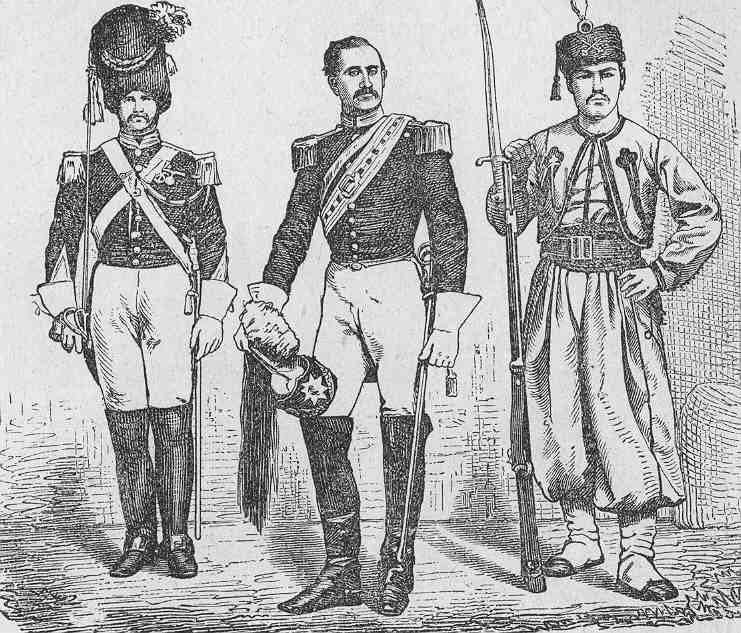
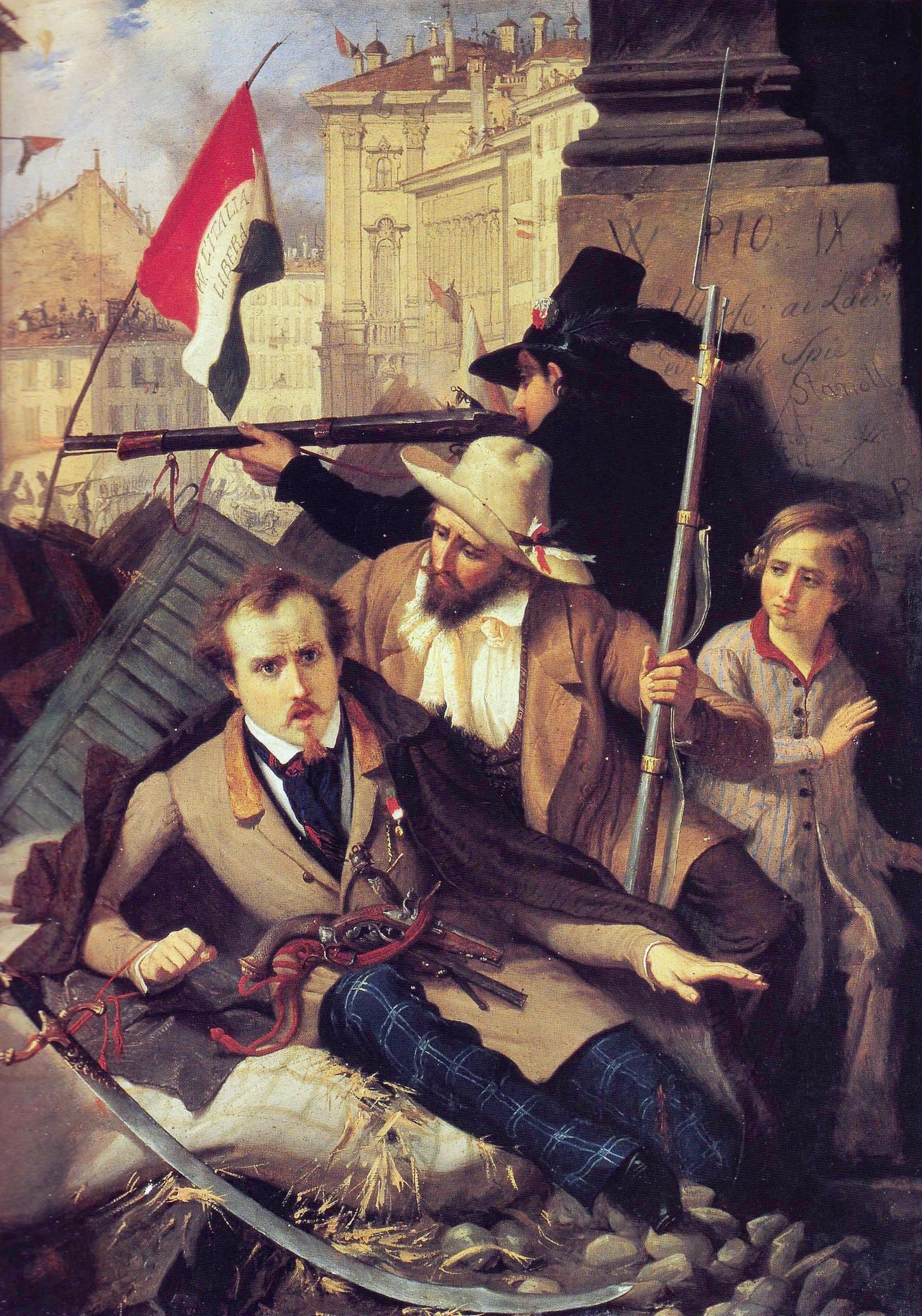

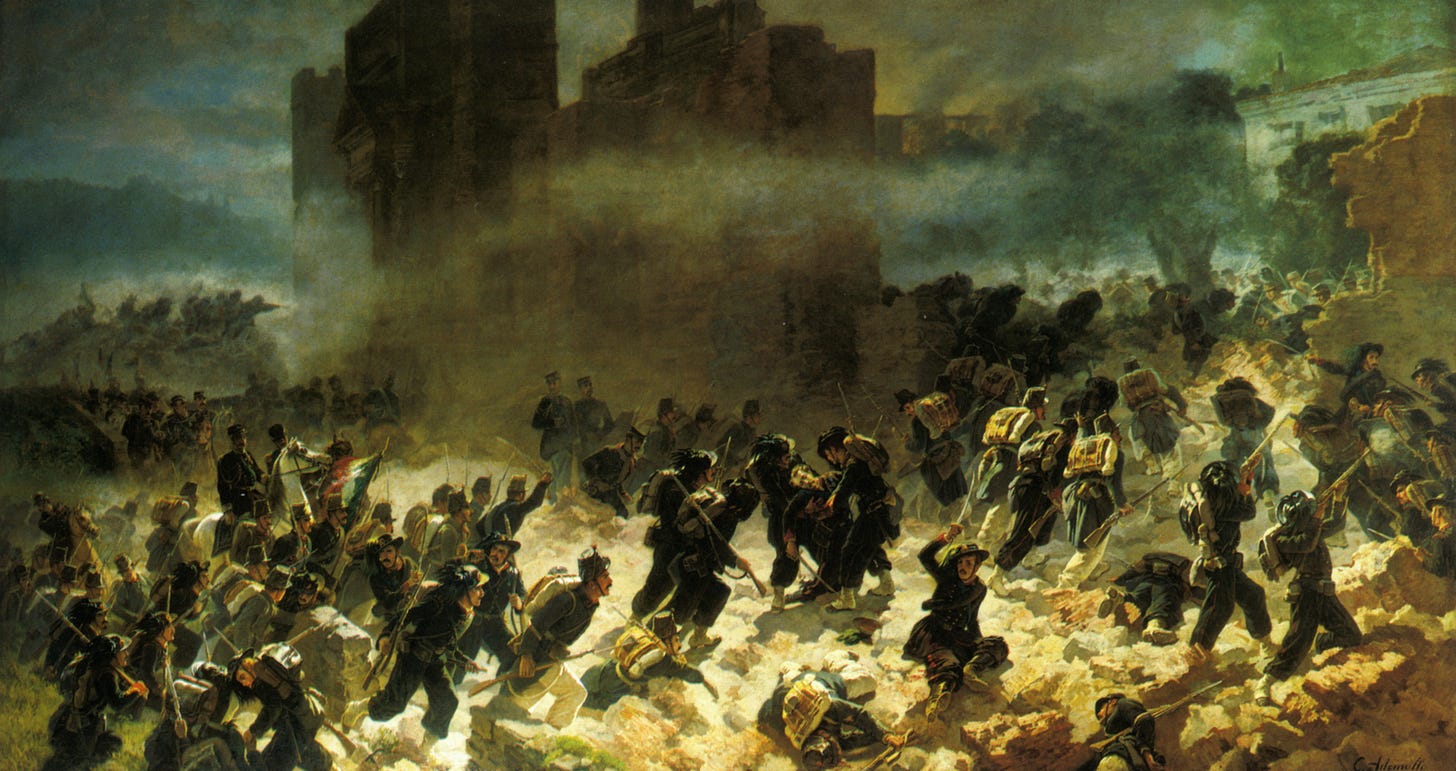
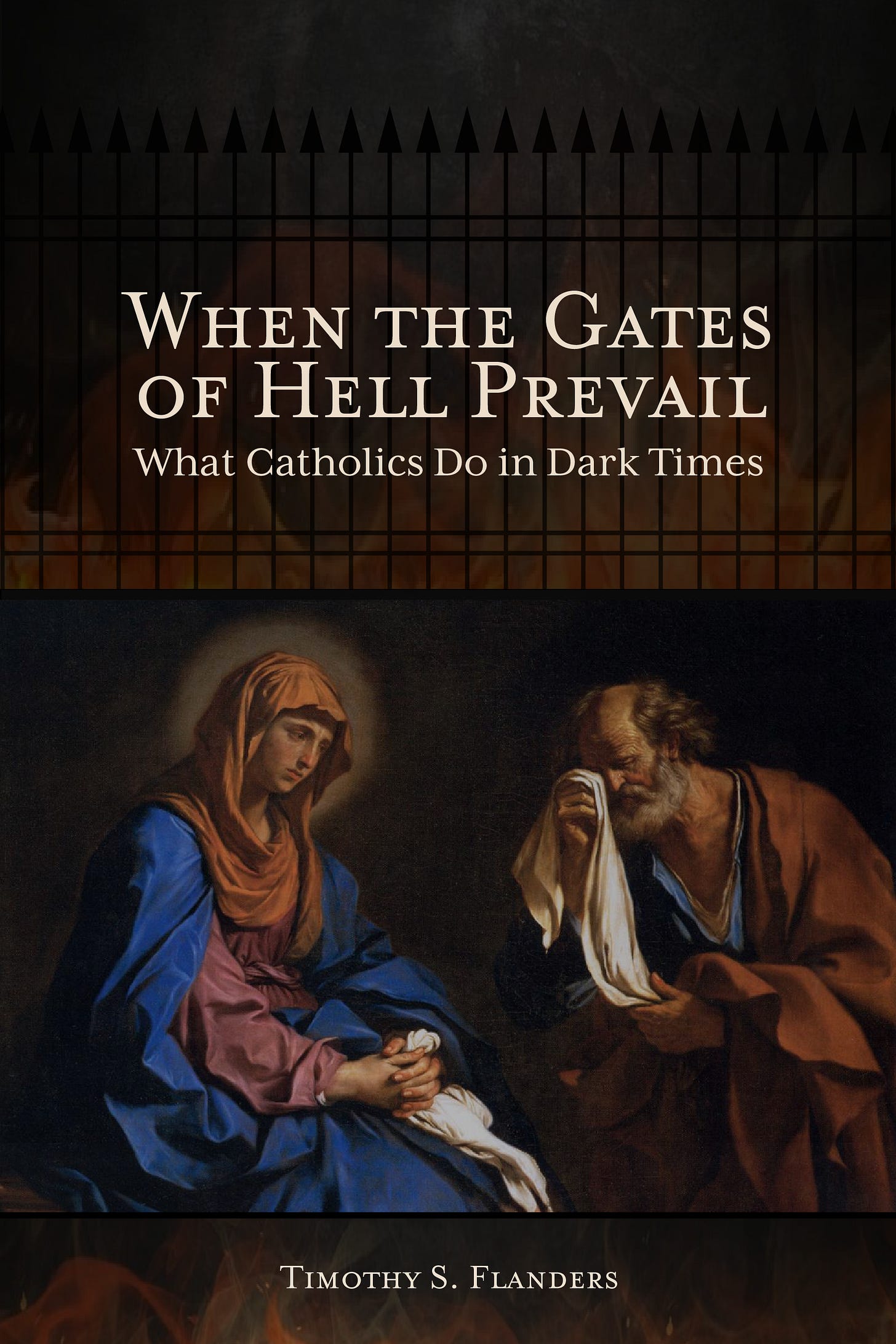
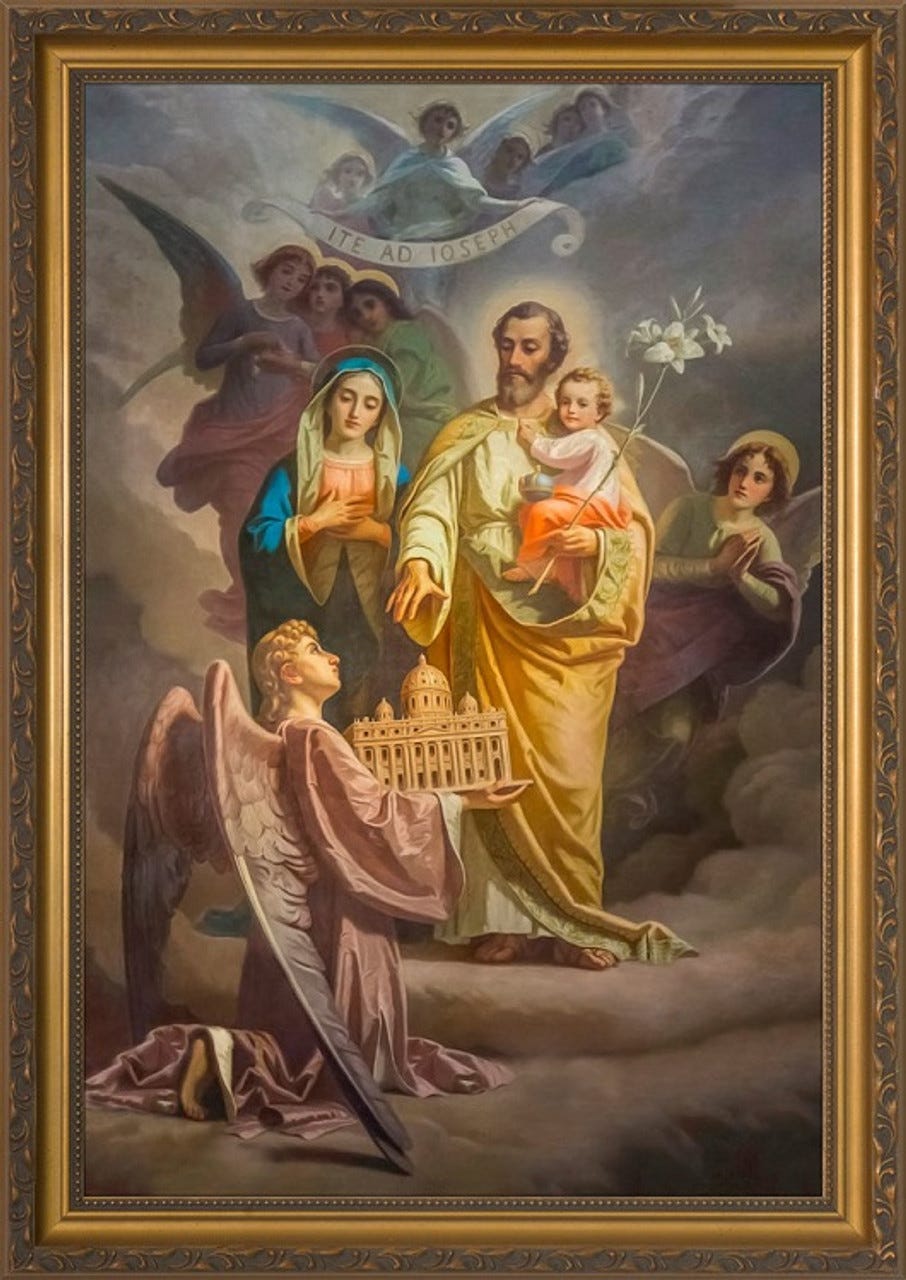
I don't understand your joke, I thought you were trying to gaslight me.
The irony here is, if I'm not mistaken, the post is from a rabid Second Vatican Council supporter and in a interaction with me claims that pachama ISN'T a heresy! This is a person who probably ISN'T aware that his “precious” popes St. John XXIII and St. Paul VI were freemasons.
😂😂😂😂😂😂😂